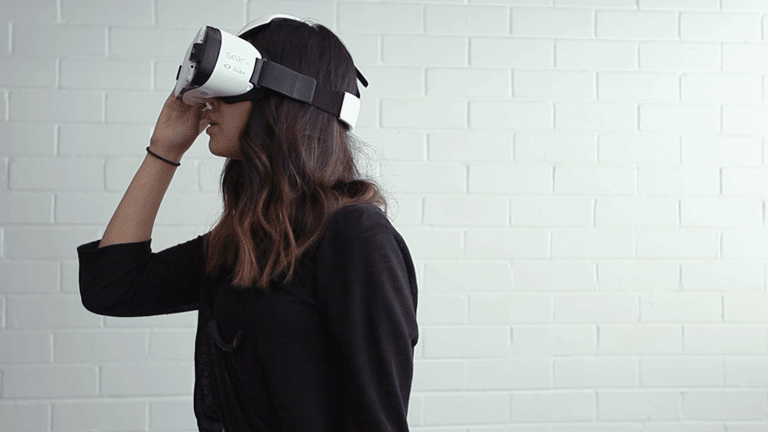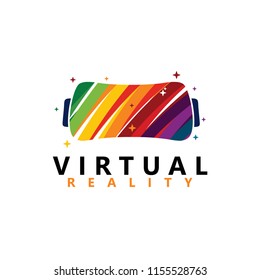
The definition of virtual reality comes, naturally, from the definitions for both ‘virtual’ and ‘reality’. The definition of ‘virtual’ is near and reality is what we experience as human beings. So the term ‘virtual reality’ basically means ‘near-reality’. This could, of course, mean anything but it usually refers to a specific type of reality emulation.
We know the world through our senses and perception systems. In school we all learned that we have five senses: taste, touch, smell, sight and hearing. These are however only our most obvious sense organs. The truth is that humans have many more senses than this, such as a sense of balance for example. These other sensory inputs, plus some special processing of sensory information by our brains ensures that we have a rich flow of information from the environment to our minds.
Everything that we know about our reality comes by way of our senses. In other words, our entire experience of reality is simply a combination of sensory information and our brains sense-making mechanisms for that information. It stands to reason then, that if you can present your senses with made-up information, your perception of reality would also change in response to it. You would be presented with a version of reality that isn’t really there, but from your perspective it would be perceived as real. Something we would refer to as a virtual reality.HOW CAN IT BE USED IN EDUCATION?
Virtual reality can be used to enhance student learning and engagement. VR education can transform the way educational content is delivered; it works on the premise of creating a virtual world — real or imagined — and allows users not only see it but also interact with it. Being immersed in what you’re learning motivates you to fully understand it. It’ll require less cognitive load to process the information.
Here are just a few properties that makes virtual reality in education so powerful.
Better sense of place
When students read about something, they often want to experience it. With VR, they aren’t limited to word descriptions or book illustrations; they can explore the topic and see how things are put together.
Thanks to the feeling of presence VR provides, students can learn about a subject by living it. It’s easy to forget that VR experiences aren’t real — a body actually believes it’s in a new place. This feeling engages the mind in a way that is remarkable.

Emotional reaction
Visceral reactions to what we are experiencing are fundamental to forming memories. VR in education makes it easy to engage students the whole time, making experiences memorable.

Develop creativity
Having virtual reality in education is useful not only for content consumption, but it’s also great for content creation. By giving students powerful tools such as Tilt Brush, you help them boost their creativity.
Visual learning
A lot of people are visual learners — VR is really helpful for this group of learners. Instead of reading about things, students actually see the things they’re learning about. Being able to visualize complex functions or mechanisms makes them easier to comprehend.
One of my teachers made us to try VR during our lesson and I think it was pretty effective for motivating students to lessons. It also encourages students to be more creative about everything. I guess every teacher should use this in their lessons.
Thanks for reading :)

Yorumlar
Yorum Gönder